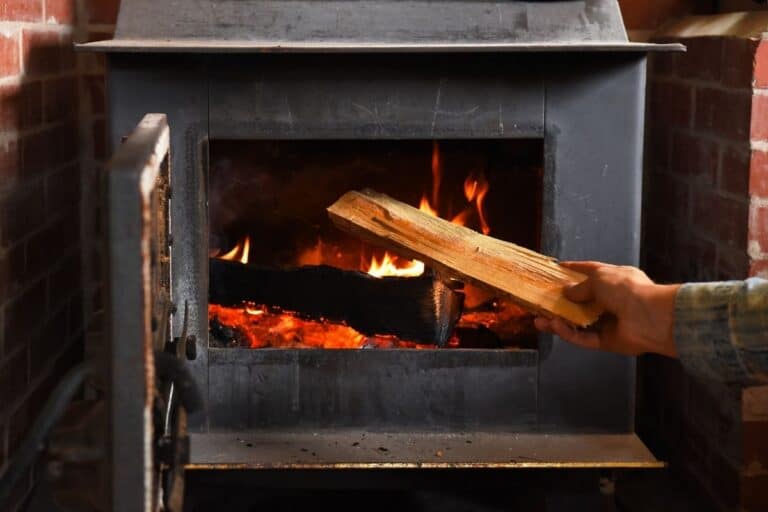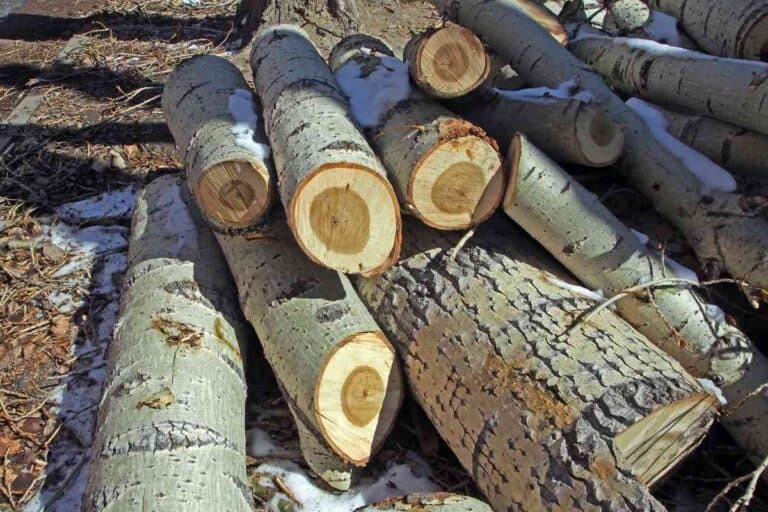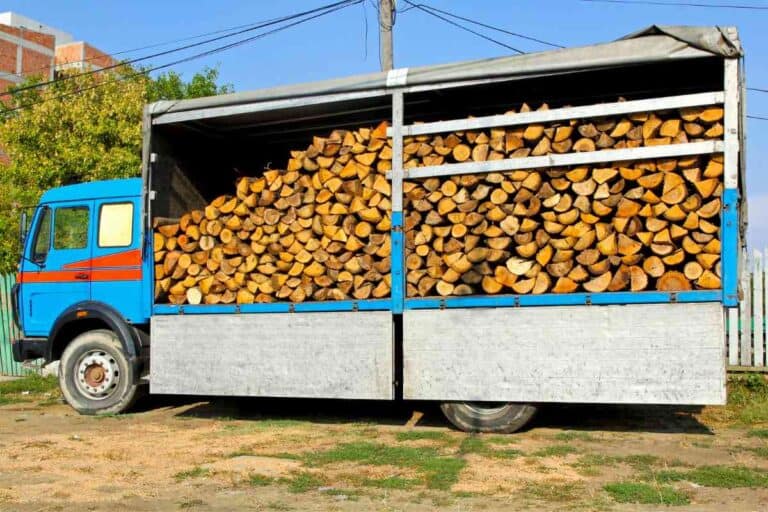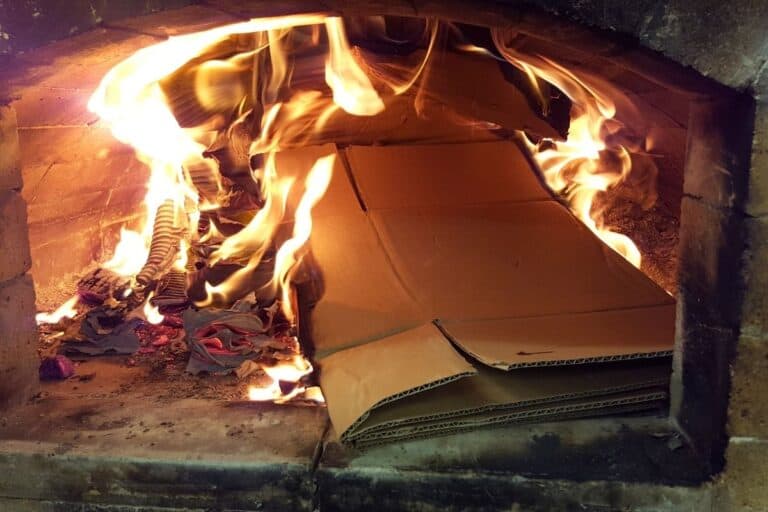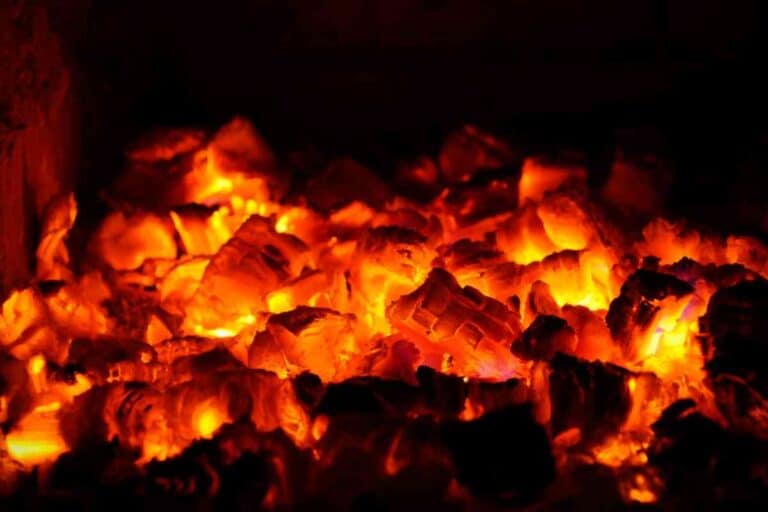Can a Wood Stove Go Bad? Signs of Wear and Tear to Look Out For
A wood stove is a popular heating option for many households, especially those in rural areas. It provides warmth and comfort during cold winter months, and can even be used for cooking or drying clothes. However, like any appliance, a wood-burning stove can deteriorate over time and eventually go bad.
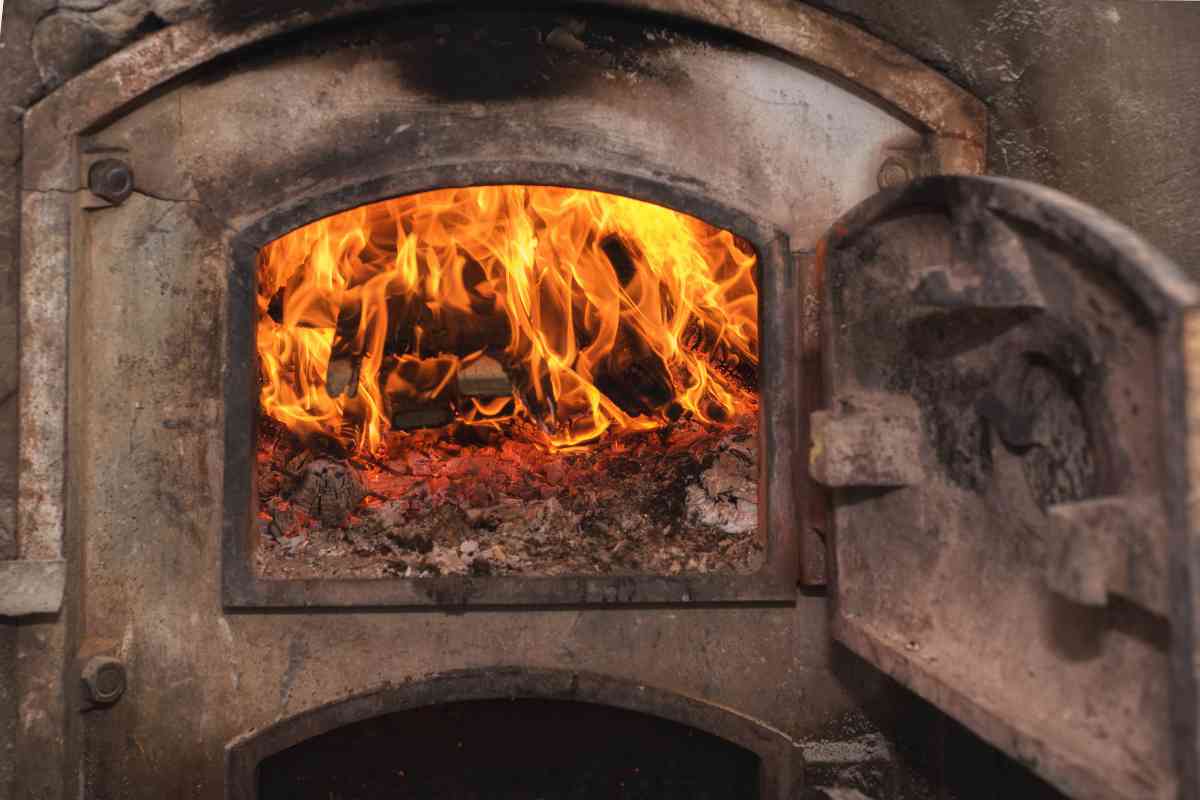
Hearing a noise coming from your wood stove? It may be time to get a new one. Check out our guide to how to choose and use a wood stove.
Can a wood stove go bad?
Wood stoves do go bad eventually. Regular maintenance and proper use can extend the life of a wood stove, but eventually, all stoves will need to be replaced.
Several factors can contribute to a wood stove’s decline, including age, use, and maintenance. Over time, the metal components of the stove can rust or corrode, the firebrick can crack or crumble, and the gaskets can wear out. These issues can lead to decreased efficiency, increased emissions, and even safety hazards.
In this article, we’ll explore the signs that indicate a wood stove may be going bad, as well as tips for maintaining and prolonging the life of your stove.
Signs of a Bad Wood Stove
A wood stove is a reliable and efficient source of heat for many homes. However, like any other appliance, it can wear out over time or develop problems that can affect its performance. Here are some signs that your wood stove may be going bad:
- Excessive smoke: If your wood stove is producing more smoke or gases than usual, it could be a sign that it’s not burning efficiently. This could be due to a number of factors, including a dirty chimney, wet or unseasoned wood, or a malfunctioning damper.
- Difficulty starting a fire: If you’re having trouble getting a fire started in your wood stove, it could be a sign that the stove is not drafting properly. This could be due to a blockage in the chimney or a malfunctioning damper.
- Cracks or damage: If you notice cracks or other damage to the body of your wood stove, it could be a sign that it’s reached the end of its useful life. Cracks can allow smoke and carbon monoxide to escape into your home, which is a serious safety hazard.
- Uneven heating: If your wood stove is not heating your home evenly, it could be a sign that it’s not functioning properly. This could be due to a number of factors, including a malfunctioning blower or a clogged air intake.
If you notice any of these signs, it’s important to address the issue as soon as possible. Ignoring the problem could lead to more serious issues, including a chimney fire or carbon monoxide poisoning. Contact a professional to inspect your wood stove and make any necessary repairs.
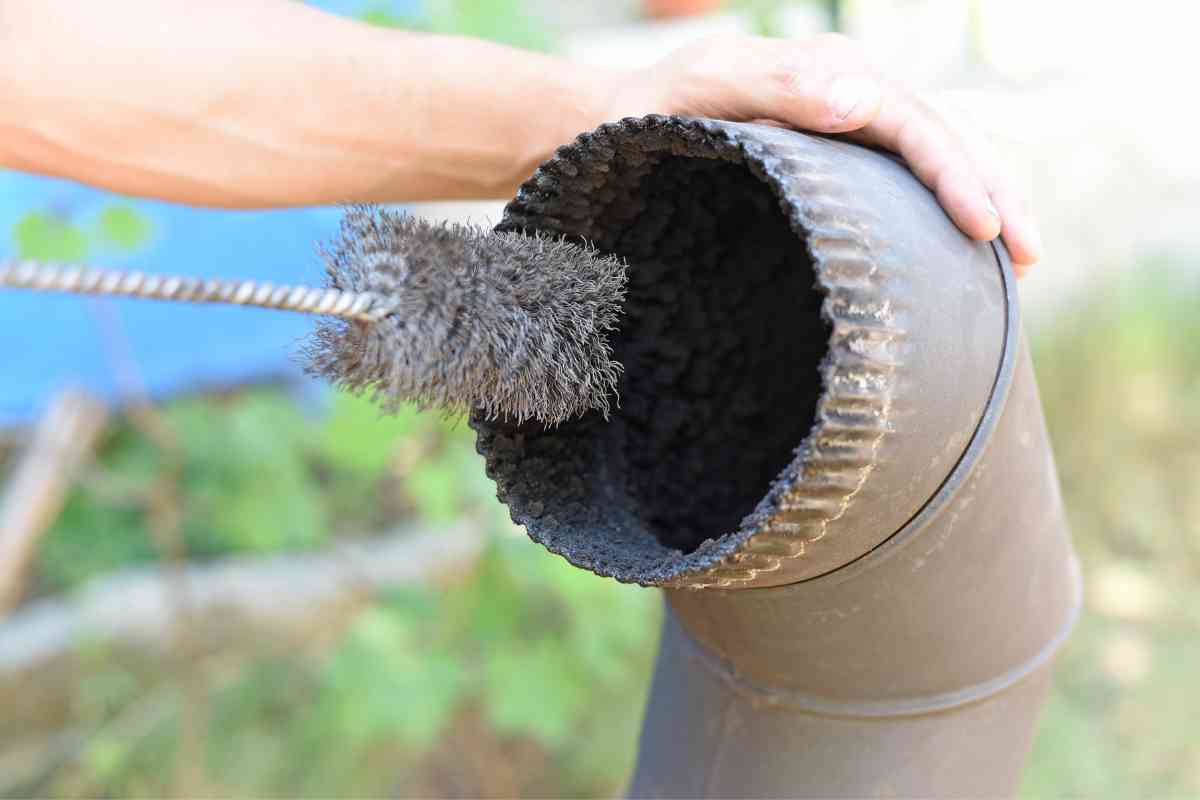
Causes of a Bad Wood Stove
A wood stove is a reliable source of heat during the cold winter months. However, like any other appliance, it can go bad over time. Here are some of the common causes of a bad wood stove:
- Creosote Buildup: One of the most common causes of a bad wood stove is creosote buildup. Creosote is a black, tar-like substance that builds up inside the chimney and stovepipe over time. It can cause chimney fires and reduce the efficiency of the stove. To prevent creosote buildup, it’s important to have your chimney cleaned regularly.
- Cracks: Cracks in the stove or stovepipe can cause smoke to leak into your home. This can be dangerous and can also reduce the efficiency of the stove. If you notice any cracks, it’s important to have them repaired as soon as possible.
- Worn Out Parts: Over time, parts of the wood stove can wear out and need to be replaced. This can include the gaskets, door seals, and firebricks. If these parts are worn out, it can cause the stove to not work properly and reduce its efficiency.
- Improper Installation: If the wood stove was not installed properly, it can cause a variety of problems. For example, if the stove is not vented properly, it can cause smoke to enter your home. It’s important to have a professional install your wood stove to ensure that it’s done correctly.
By understanding the common causes of a bad wood stove, you can take steps to prevent problems and keep your stove working properly for years to come.
Can a Wood Stove be Repaired?
Wood stoves are known for their durability and longevity. However, like any other appliance, they can experience problems over time. The good news is that most issues with a wood stove can be repaired.
If your wood stove is not functioning properly, the first step is to identify the problem. Common issues include a clogged flue, a damaged door gasket, a cracked glass window, or a malfunctioning blower. Once you have identified the issue, you can determine whether it is something you can fix yourself or if you need to call in a professional.
If the problem is minor, such as a clogged flue, you may be able to fix it yourself. However, if you are not comfortable working with your wood stove or if the problem is more serious, it is best to call in a professional. A certified technician can diagnose the issue and make any necessary repairs.
When it comes to repairing a wood stove, it is important to use the right parts and materials. Using the wrong parts can cause further damage to your stove and even create a safety hazard. Always use parts that are recommended by the manufacturer or a certified technician.
When to Replace a Wood Stove
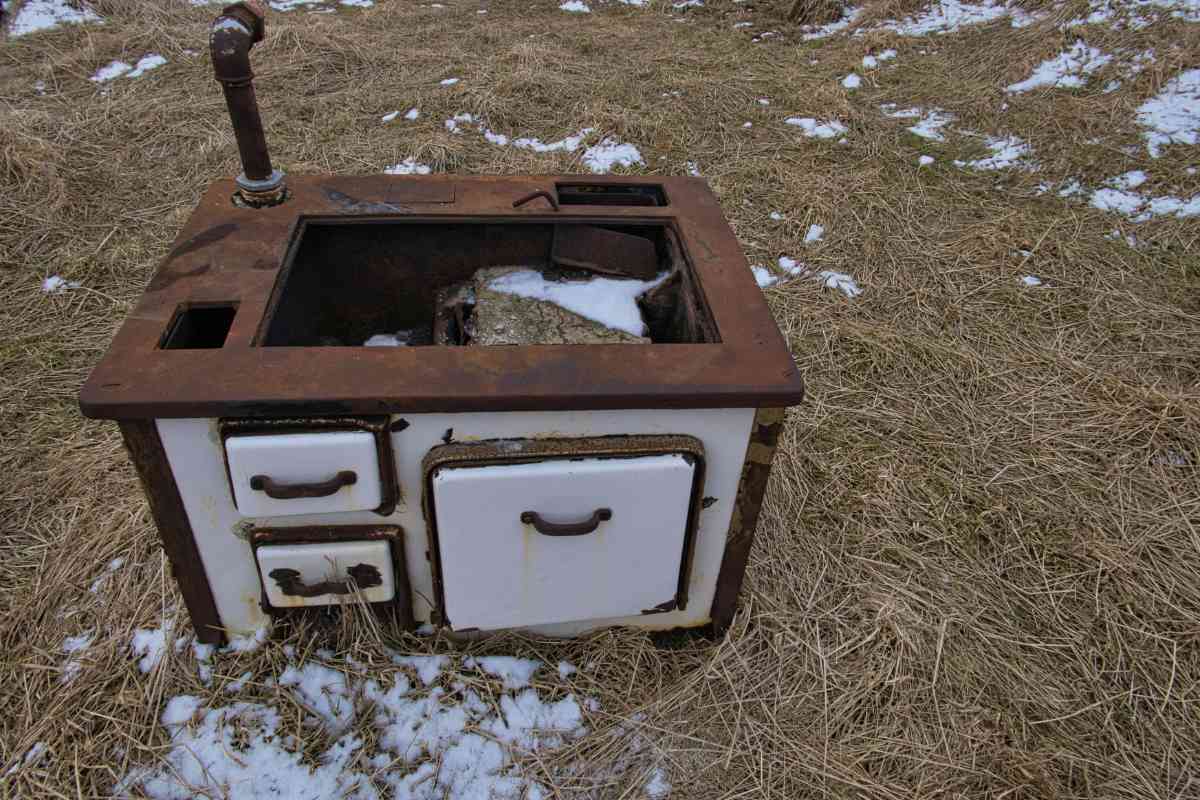
A wood stove is a great investment for your home, but like any appliance, it will eventually need to be replaced. Here are a few signs that it may be time to replace your wood stove:
- The stove is more than 20 years old.
- The stove has visible signs of wear and tear, such as cracks or rust.
- The stove is no longer heating your home as efficiently as it once did.
- The stove is emitting smoke or fumes into your home.
- You have had to repair the stove multiple times in the past few years.
If your wood stove is exhibiting any of these signs, it may be time to replace it. A new wood stove will not only be more efficient and safer, but it can also add value to your home.
When shopping for a new wood stove, be sure to look for one that is certified by the EPA. These stoves are designed to burn wood more efficiently, which means less smoke and pollution. They are also safer and more reliable than older, uncertified stoves.
Replacing a wood stove can be a significant investment, but it is one that can pay off in the long run. By choosing a high-quality, certified stove and having it installed by a professional, you can enjoy the warmth and comfort of a wood stove for many years to come.

